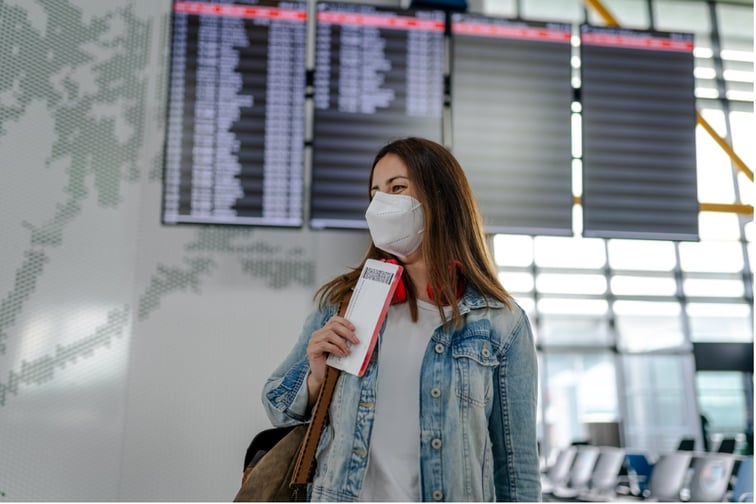

The pandemic may not be behind us yet, but travel has come back with a vengeance as Canadians are flying out for business, to visit loved ones, or to escape for the holidays.
Travel insurance was majorly disrupted at the beginning of 2020, with payouts being issued left, right and centre. This has naturally led to a surge in rates for the segment to stabilize profits.
Read more: Canadian travel insurance quotes jump 293%
“The transition into COVID-19 was very rocky,” Chad Relf, president of AAM Financial, sister company to AA Munro, told Insurance Business. “Then for 18 months there was virtually no travel insurance being sold at all. The few policies sold were to clients such as truck drivers delivering to the US.”
Business has started to pick back up, but Relf mentioned that the cost of travel insurance remains high.
“There’s a lot of people calling for quotes and trying to get a feel for the market without even booking a trip,” he said. “When it comes to increases, it has been quite dramatic - prices have almost doubled.”
Another challenge insurance companies are now facing is the unbundling of COVID-19 coverage within regular policies. Communicable disease coverage used to be offered within a policy but in some cases they have been treated as separate entities.
“Essentially there was a transition where anything that was considered an emergency was covered, which would have included communicable disease as long as there were no advisory issues against travelling,” Relf explained.
On the upside there has been less claims activity recently, and more are interested in travel insurance following the pandemic. Relf mentioned that whether it be internationally or domestically, more people are concerned with having coverage in general.
“Travel insurance wasn’t really top of mind for most,” he said. “Now with increased demand, it comes down to pricing and dealing with clients being surprised about how rates are jumping around.”
Brokers should anticipate clients being taken aback by changes in rate, but Relf emphasized the importance of having conversations very early on and explaining in detail the factors that have led to changes in the marketplace.
“We’re optimistic that prices will start to go back down as more vaccines are rolled out,” he added. “There’s no predicting where these prices are going to go, but I can’t imagine a scenario where they get worse than where they are now.”
Brokers are currently working through clients concerns about whether COVID-19 is covered. Some may assume everything is covered with every company, but that is not the case.
“I keep telling clients to double check their coverage and agents to be very clear and knowledgeable about what a client has purchased,” said Relf. “The majority of clients that call in are existing clients who have traditionally bought travel insurance.”
Fifty per cent (50%) of clients calling in are looking to travel within Canada and are sold policies much quicker, according to Relf.
With Canadians being more comfortable travelling within the country, brokers should consider that, moving forward, domestic business will remain a bigger portion of books compared to previous years.
“This year has been completely different from last year, business is still down overall but as we move towards more rate adequacy that should change,” said Relf. “It’s almost a luxury to travel right now, so hopefully clients are financially prepared to do so.”
